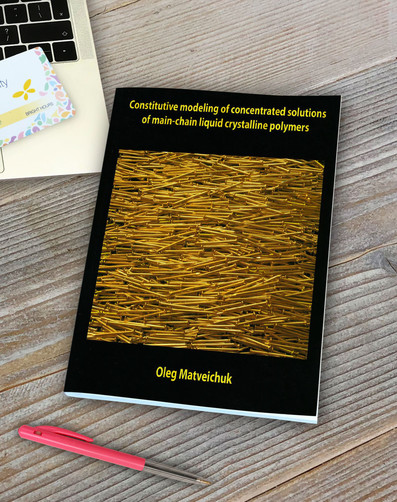
Processing of concentrated semi-flexible LCP (liquid-crystalline polymer) solutions is very important from an industrial point of view. In particular, concentrated semiflexible LCP solutions are used in the production of fibers with outstanding mechanical properties. Understanding of the relation between the processing of LCP solutions and the ultimate properties of the fibers requires the development of constitutive models for LCP solutions. Despite the fact that processing of LCP solutions started more than 50 years ago and a lot of research was devoted to the constitutive modeling of these systems, there are still questions to be answered. Some aspects, such as the formation of hairpins and their connection with entanglements in concentrated semi-flexible LCP solutions are still of great interest. However, the introduction of these concepts increases the complexity of the constitutive model and increases the difficulty of studying the rheological properties of LCP solutions.
